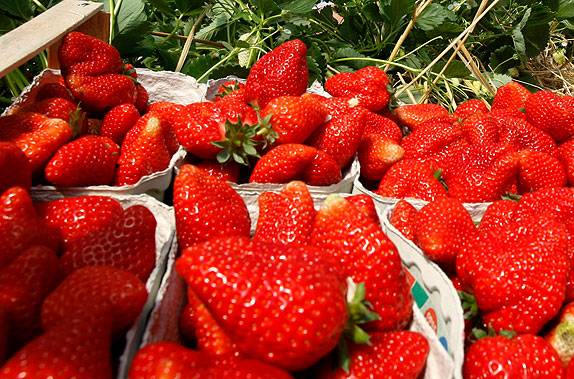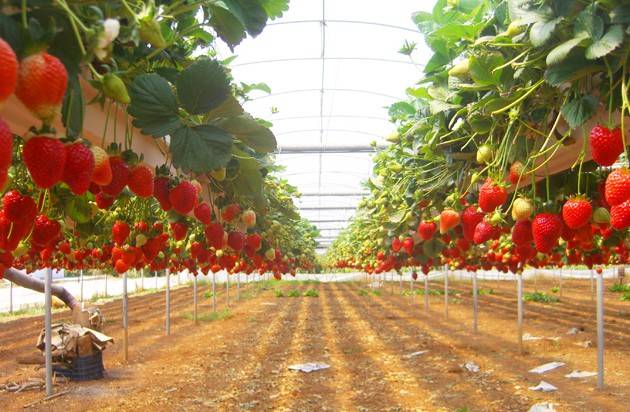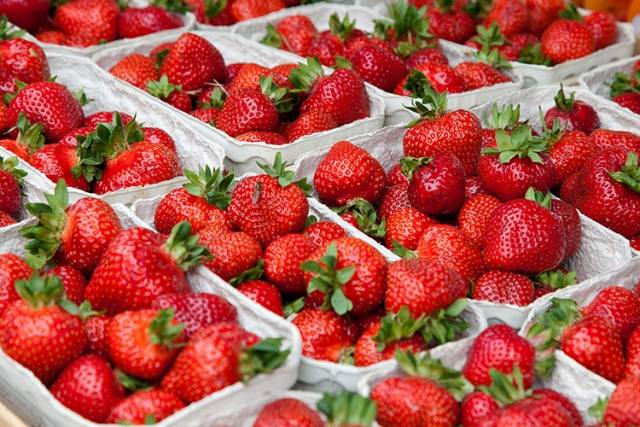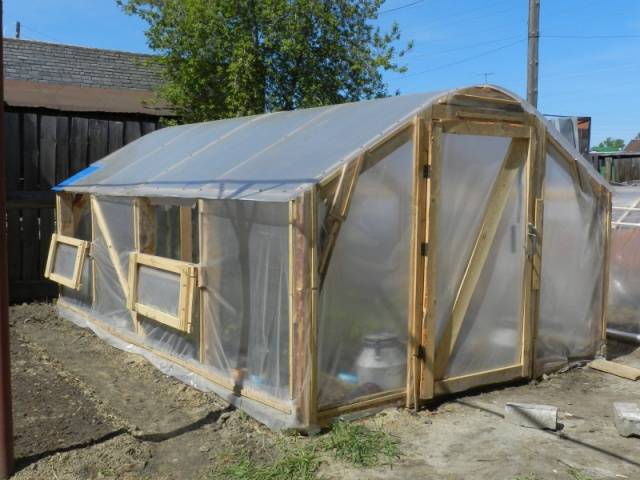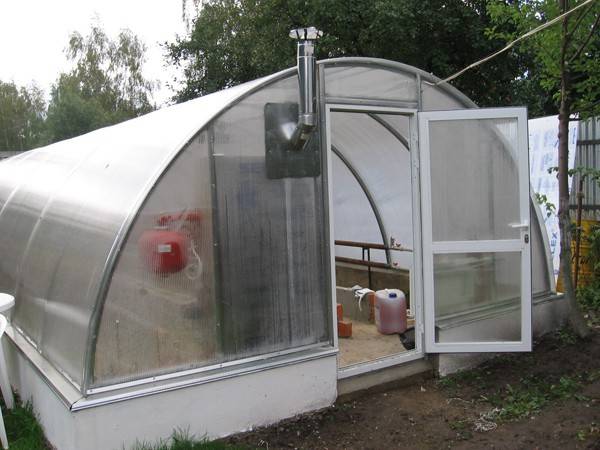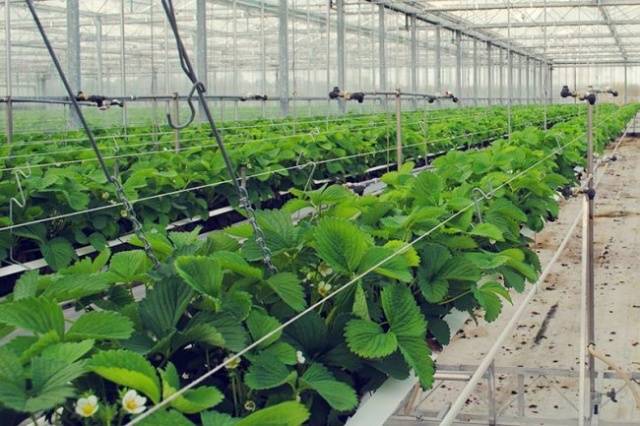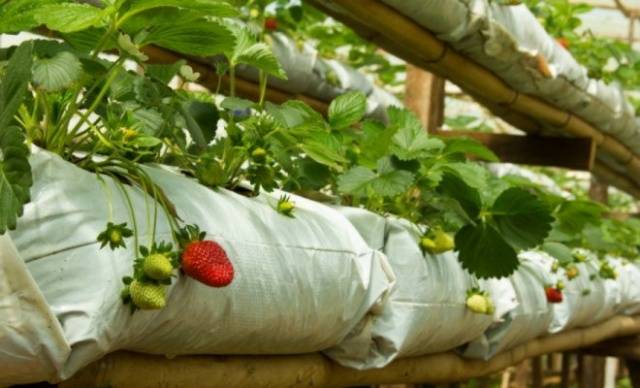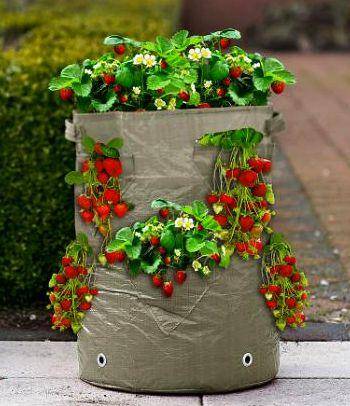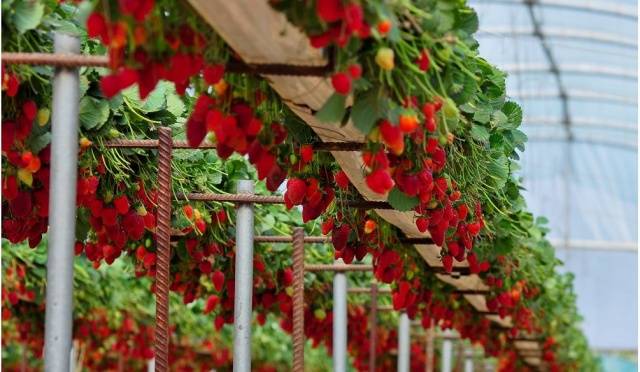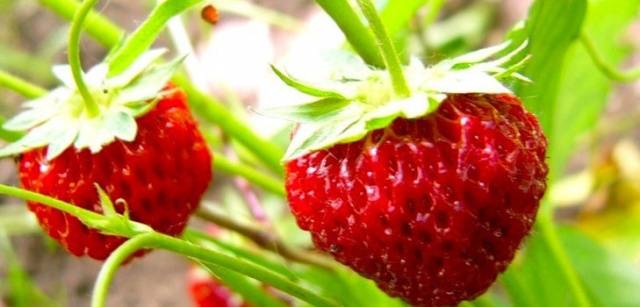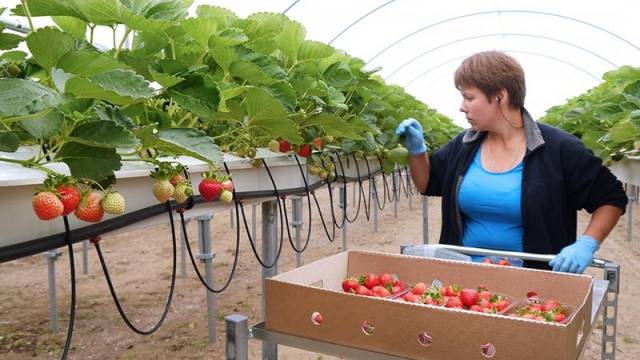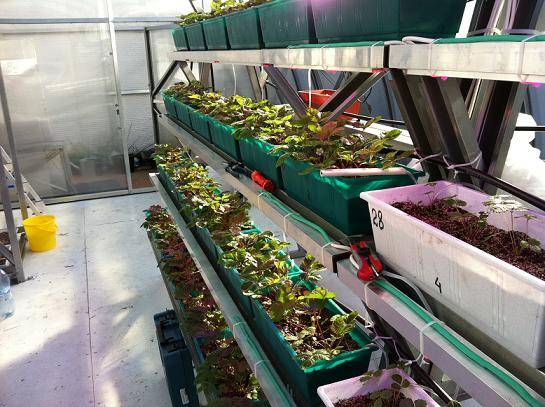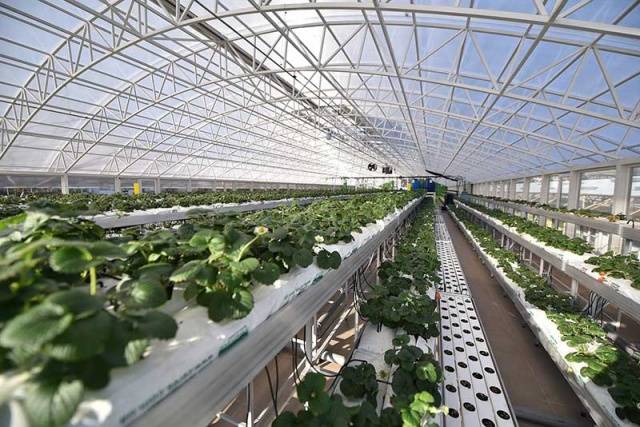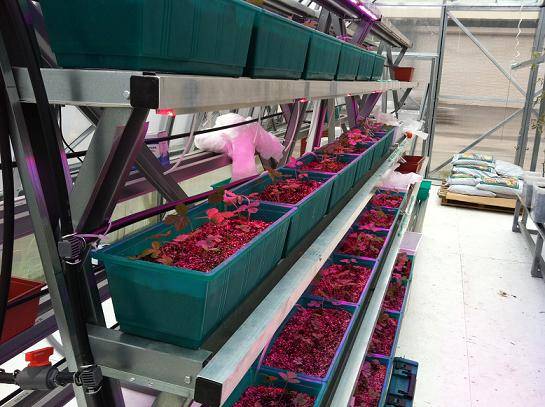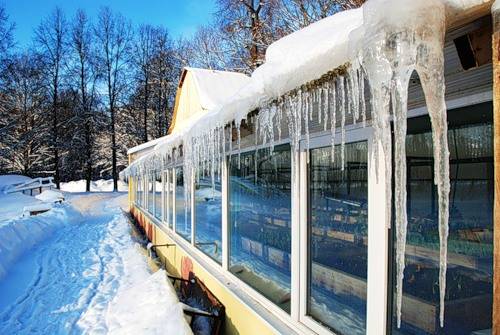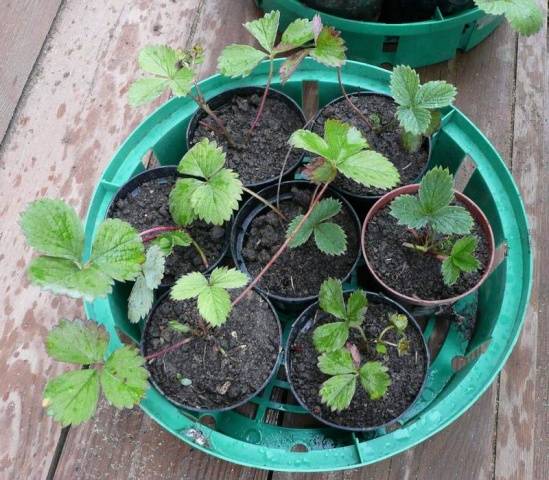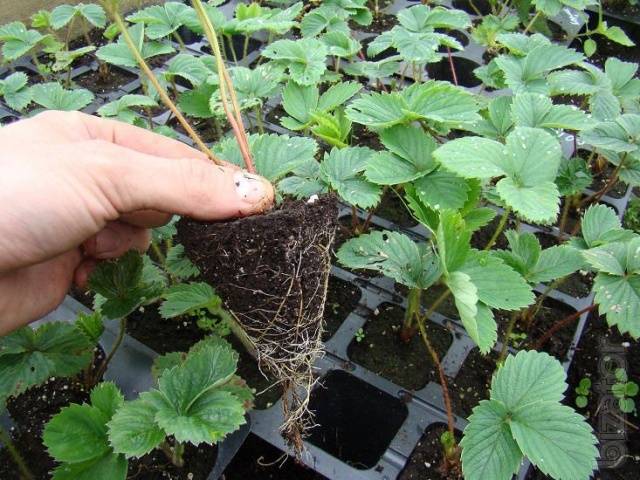Content
Strawberries are the favorite summer berry of most children and adults. Probably everyone, at least once, succumbed to the temptation and bought fresh strawberries in winter. However, not everyone can buy sweet berries in the store: winter strawberries are very expensive, and one can only guess about its taste and usefulness, because in industrial conditions they often use growth stimulants, choose genetically modified varieties.
Growing strawberries at home in a greenhouse all year round will eliminate doubts about the quality of the product and will significantly save the family budget. In addition, year-round cultivation of strawberries in a greenhouse can be an excellent business or a source of additional income.
About the methods of growing strawberries in a greenhouse and about all stages of the process - this article.
Features of greenhouse strawberries
Professional gardeners note the somewhat worse taste of greenhouse berries, a weak aroma and a lack of vitamins and microelements. However, such a berry is still healthier than jam or compote, because it is a fresh fruit. And in a cold winter, it is also a real exotic.
As a rule, summer residents and gardeners of the northern regions of Russia know firsthand about greenhouses. After all in the Urals, in Siberia and in the Far East, the climate is harsh and changeable, it is difficult to grow good vegetables and berries just in the open field. Often, gardeners in these regions plant strawberries in a greenhouse, preferring not to risk the harvest and protect the plants from cold, high humidity and other problems.
But you can use the greenhouse for growing strawberries not only in the warm season, but all twelve months in a row. For this to be possible, the plants need to be provided with suitable conditions.
Strawberries need for normal development and abundant fruiting:
- warmly;
- shine;
- water;
- nutritious soil;
- strong seedlings;
- pollination.
Having provided all these conditions, it is possible to grow strawberries in the greenhouse all year round (video on this topic):
What should be a greenhouse for strawberries
Today, three types of greenhouses are most common.:
- Wooden frame with overlappings made of dense polyethylene film.
- Aluminum or steel base with polycarbonate sheet walls.
- Metal frame with glass or plexiglass floors.
Construction of wood and film is the most popular because it is cheap and easy to build. But such a greenhouse is not suitable for the year-round cultivation of winter berries.
Polycarbonate greenhouse more reliable, better retains heat and moisture, transmits sunlight well enough, is affordable in terms of price, therefore it can be considered the best option for home growing sweet berries.
It will be possible to grow a good harvest in glass dome greenhouse conditions - a suitable microclimate is maintained here, such a greenhouse warms up quickly, has a minimum of heat loss. But building a glass greenhouse isn't cheap - it's the most expensive option.
However, it is not worth building a film greenhouse for year-round use. It is suitable for growing strawberries in a greenhouse only from March to October, a video about this method can be seen below:
Which strawberries are suitable for planting in a greenhouse
To get a seasonal harvest of strawberries, that is, to pick berries from May to September, you can plant ordinary ones in a film greenhouse. strawberry varieties or garden strawberries. In this case, extended fruiting is ensured by different periods of ripening of strawberry varieties.
To always have fresh berries in the greenhouse, you need to choose early, medium, and late-ripening varieties for planting - then the harvest will be constant.
When it is supposed to grow strawberries all year round, you cannot do without hybrid and remontant varieties. In an industrial setting, usually Dutch strawberry hybrids are chosen for year-round cultivation.
The technology for growing strawberries in a greenhouse using the Dutch method is extremely simple:
- Saplings are renewed every two months or a little more often, that is, each bush yields fruit only once.
- Strawberries are planted in a special substrate that can absorb moisture well together with complex additives. For these purposes, coconut fiber with peat, for example, is suitable. They also use mineral wool or other inorganic materials in which pathogenic microorganisms do not develop.
- They regularly moisten the soil using a drip irrigation system and adding mineral additives and stimulants to the water.
- They maintain the temperature and humidity conditions necessary for the strawberries, provide the seedlings with a sufficient amount of light.
Dutch technology allows you to grow strawberries in a limited area. Indeed, according to this method, the best containers for the substrate are plastic bags. Compact, narrow and long, the bags are filled with the mixture and holes of small diameter are made in them, staggered. Seedlings are planted in these holes, so the berries do not come into contact with the ground, and the soil in the greenhouse does not dry out and always remains moist.
Another way of year-round cultivation is to plant remontant varieties in a greenhouse. Remnant strawberries or, as they are more often called, strawberries are capable of bearing fruit continuously or yield several times per season.
If varieties with a short daylight hours are usually grown in a garden, that is, ripening in conditions of eight hours of natural light, then strawberries with a neutral or long daylight hours are used for a greenhouse.
Remaining strawberry varieties with neutral daylight hours have several advantages:
- extended fruiting throughout the year (subject to the conditions necessary for the development of strawberries);
- self-pollination;
- unpretentiousness to the quality of light and the duration of its exposure.
Considering all this, it is the remontant strawberry of neutral daylight hours that is most often used for planting in a greenhouse for year-round fruiting.
Preparing the substrate and seedling containers
It is more efficient to grow greenhouse strawberries on a hill, arranging hanging containers or shelves. When growing strawberries at floor level, the risk of hypothermia of seedlings is much higher, and such plants will get less light.
The suspension system allows you to significantly save space in the greenhouse, you can arrange boxes with strawberry seedlings in several tiers, leaving half a meter between them and providing each "floor" with light.
As a soil for strawberries, it is best to use the land on which cereals grew. You should not take soil from the garden, from under the potatoes or tomatoes - such cultivation of strawberries will be ineffective.
Alternatively, you can specifically designate a plot in the garden for these purposes and sow it with wheat, oats or rye. Also, the land can be taken from the fields.
Sod land is also suitable for strawberries, only it needs to be loosened by adding sawdust, peat or humus.
Strawberries in a greenhouse will bear excellent fruit and produce delicious fruits all year round if a very nutritious substrate is prepared for them. The best and proven "recipe" for strawberry substrate is as follows:
- chicken droppings;
- cereal straw (chopped);
- urea;
- a piece of chalk;
- gypsum.
Chicken droppings and straw must be laid in several layers, each of which is watered abundantly with warm water. After a few days, this mixture will begin to ferment, and after a month and a half, it will turn into excellent compost. Urea, chalk and gypsum are added to the substrate, thereby enriching it with nitrogen, phosphates and calcium. In such soil, strawberries will feel great, and you will have to feed them less often.
The substrate chosen for strawberries is poured into containers and seedlings are planted there.
How to grow strawberries in a greenhouse
You need to plant strawberries in a greenhouse in the same way as in open ground - there are no significant differences. Suitable for planting as seedlings grown from a mustache, and parts of mother bushes or seedlings obtained from strawberry seeds. But for the correct development of plants in the greenhouse, you need to maintain a suitable microclimate.
The rule here is this: as the strawberry bushes grow, the temperature in the greenhouse should rise, and the humidity should gradually decrease. So:
- during planting of seedlings in the ground and before they take root, the temperature in the greenhouse is kept at around 10 degrees, and the humidity is maintained at 80%;
- when the strawberries grow, flowers begin to form on the bushes, the temperature in the greenhouse is slowly raised to 20 degrees, and the humidity, respectively, is reduced to 75%;
- the berries will ripen at the same time and will be tasty if, at the stage of their formation and development, the temperature in the greenhouse is 22-24 degrees, and the humidity drops by another 5 divisions (70%).
At all stages of development of strawberries in the greenhouse, you need to maintain temperature, humidity and light. With the first two factors, everything is clear, the light remains. Repairing varieties with neutral daylight hours, as mentioned above, do not need a lot of light, but this does not mean that such strawberries can grow in the dark.
The best sources of artificial light for strawberries in a greenhouse are high pressure sodium lamps. The power of such lamps should be at 400 watts. Their number is determined by the square of the greenhouse: every three square meters must be illuminated by at least one 400 W lamp.
If it is not possible to supplement the lighting of strawberries in the greenhouse around the clock, you should provide them with additional light on such a schedule so that the plants are illuminated for at least 8-10 hours every day.
In the warm season, you need to turn on the lamps in a greenhouse with strawberries in this mode:
- from 8 am to 11 pm;
- from 5 pm to 8 pm - in the evening.
Cloudy or rainy weather, weak winter sun - further increase the strawberry's need for additional light. In such cases, the lamp switching schedule must be adjusted.
Even strawberries of remontant varieties are vital for regular feeding. Therefore, every two weeks, strawberries are fertilized using mineral, organic or complex fertilizers.
Where to get strawberry seedlings
Gardeners who plant strawberries for sale usually do not spend extra money to purchase seedlings from nurseries, but grow them on their own.
This is not difficult to do, but it will take time. Firstly you need to follow the bushes after the first harvest, select the healthiest, strongest plants on which more berries will appear, and they will ripen before the rest. These will be uterine bushes.
Next year, strawberries should give a mustache, if these processes are removed on other plants, then on the uterine bushes, on the contrary, they are left and rooted.
Only the first five whiskers need to be rooted, it is better to remove the rest, otherwise the mother bush will not have enough strength and it will disappear along with the processes.
Growing strawberries in a greenhouse in winter can indeed be a great option for a family business. Even with a small scale, using a small greenhouse, it will be possible not only to feed the family with sweet berries, but also to profitably sell a certain amount of the harvest. After all, strawberries in winter are a rarity, always in demand, and the technology of growing strawberries in a greenhouse all year round is simple and accessible to everyone.
